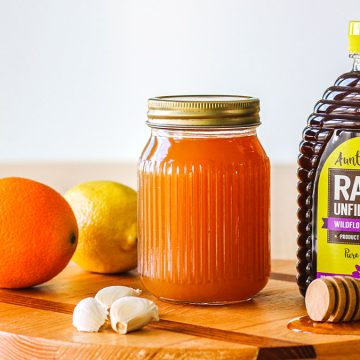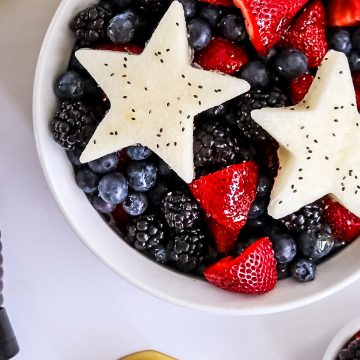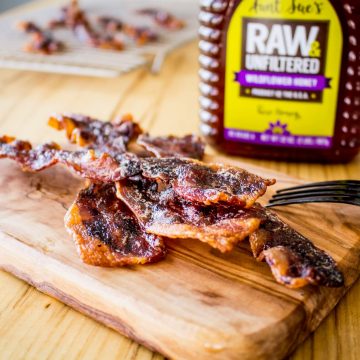SUE BEE® Clover Honey
Classic, clover honey with a commitment to quality that’s been kept since 1921.
Grandma’s table always had SUE BEE® honey.
Since 1921, SUE BEE® honey has been the standard by which all honey is judged. For generations, our independent beekeepers have made sure every bottle is grandma-approved by sampling, testing and grading all honey for clarity, floral type, flavor, moisture and color. So you know that the honey you pick from the shelf is always natural honey.
Honey combinations to savor.
If you’ve ever paired wine with a meal, then you’ll enjoy doing the same with honey. The flavor of pure SUE BEE® honey perfectly complements these recipes.
All RecipesFrequently Asked Questions
-
What’s the difference between filtered and unfiltered honey?
Filtered honey is pure, natural honey, just like raw and unfiltered honey. It’s not considered inferior in any way. It’s just different. The filtering process (which is what we do with our classic SUE BEE® honey) simply removes visible particles that come from the hive. Raw and unfiltered honey, on the other hand, is strained, allowing more of the pollen to remain in the honey. While many believe that the increased pollen levels of a raw honey product make it better for you, the presence or absence of pollen in our honey products does not affect its food safety or quality. Pollen is not required by the USDA, FDA or any other U.S. standards. Scientists have yet to prove that honey with pollen is better for you, but we feel consumers should make their own choices based on personal preferences and/or different usage occasions.
-
What is SUE BEE® SPUN® honey?
Our SUE BEE® SPUN® honey is easily our most preferred product. It is pure, premium honey that has been allowed to naturally granulate under controlled conditions to make a smooth, spreadable textured honey. If you haven't tried it, we highly recommend it. (SUE BEE® SPUN® Clover Honey is a registered trademark of Sioux Honey Association Co-op.)
-
How do I substitute honey for sugar?
When substituting honey for granulated sugar in recipes, begin by substituting honey for up to half of the sugar called for in the recipe. For baked goods, make sure to reduce the oven temperature by 25°F to prevent overbrowning; reduce any liquid called for by 1/4 cup for each cup of honey used and add 1/2 teaspoon baking soda for each cup of honey used. Because of its naturally high fructose content, honey has higher sweetening power than sugar. This means you can use less honey than sugar to achieve the desired sweetness.






